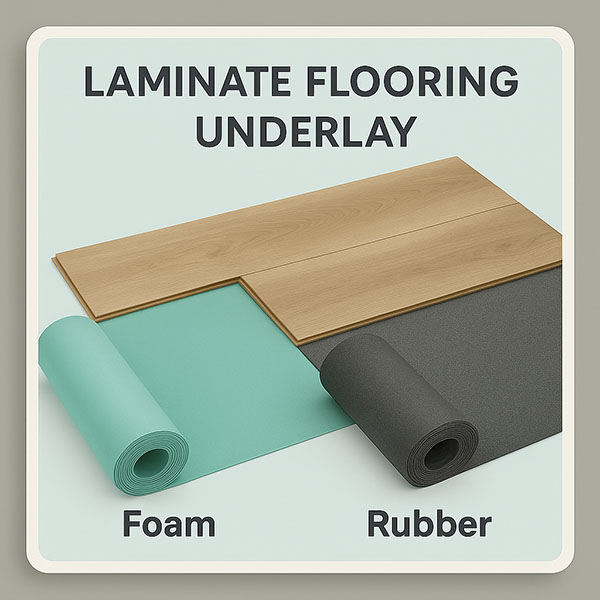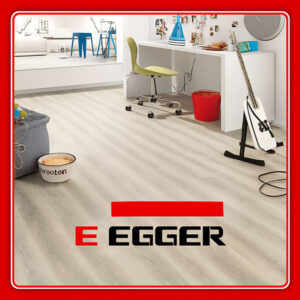Description
🛠️ Laminate Flooring Underlay: The Key to Durability and Comfort
When installing laminate flooring, most people focus on colour, style, and texture—while overlooking the crucial role of underlay. However, a high-quality laminate flooring underlay can make the difference between a floor that lasts and one that fails.
Whether you’re a homeowner, renovator, or contractor, understanding underlay is essential. In this guide, we’ll explore why underlay matters, the types available, and how to choose the right one for your space.
🔍 What Is Laminate Flooring Underlay?
Underlay is a thin layer placed between the subfloor and your laminate flooring. It may seem like a simple addition, but it plays several important roles.
First of all, underlay acts as a moisture barrier. It prevents moisture from rising up and damaging your laminate floor. In addition, it helps to smooth out small imperfections in the subfloor, which allows for a more even and stable installation.
Moreover, underlay absorbs impact and reduces footfall noise. As a result, your flooring becomes more comfortable to walk on and significantly quieter.
🧱 Foam vs. Rubber Underlay: What’s the Difference?
At Laminate Floor World, we supply two trusted types of underlay: foam and rubber. Each type has its own benefits depending on your needs and budget.
✅ Foam Underlay
Foam underlay is one of the most common choices for laminate flooring. It’s made from polyethylene foam and offers several advantages.
-
Lightweight and easy to install
-
Good thermal insulation and sound absorption
-
An affordable option for most homes
In other words, foam underlay is best suited for dry, low-traffic areas like bedrooms and lounges.
✅ Rubber Underlay
Rubber laminate flooring underlay, on the other hand, is designed for more demanding environments. It’s made from dense, recycled rubber and offers excellent performance.
-
Superior moisture resistance – perfect for kitchens and basements
-
Greater soundproofing and impact absorption
-
Longer lifespan and added density
Therefore, rubber underlay is ideal for high-traffic or moisture-prone spaces.
🛡️ How Underlay Improves Durability
Laminate flooring is vulnerable to damage from moisture and heavy use. Fortunately, underlay provides a protective barrier that extends the life of your floor.
Firstly, it blocks moisture from the subfloor, which prevents warping and swelling. This is especially important in rooms like bathrooms and kitchens.
Secondly, underlay absorbs impact from foot traffic or falling objects. As a result, your laminate flooring remains protected from scratches and dents.
Finally, it distributes pressure evenly across the floor. This improves structural stability and helps prevent the laminate from shifting over time.
🧘♀️ Enhanced Comfort and Acoustic Performance
Hard floors can be tough on your joints. Fortunately, underlay softens each step, making laminate more comfortable.
In addition, it reduces noise within the home. For example, if you live in a double-storey house or apartment, underlay helps absorb footfall and keeps noise from travelling between rooms.
Therefore, investing in quality underlay doesn’t just protect your floors—it creates a more peaceful and pleasant living space.
🛠️ Installation Tips for Underlay
Installing underlay is straightforward, especially with foam rolls. However, you still need to follow a few key steps:
-
Ensure the subfloor is clean, dry, and flat
-
Roll out the underlay, cutting it to fit using a utility knife
-
Do not overlap the edges; simply butt them neatly side by side
-
Tape the joins securely if using rubber underlay in moist areas
-
Leave an expansion gap around the room for the laminate to move
Once the underlay is correctly installed, you can proceed with the laminate flooring on top.
🤔 Frequently Asked Questions
Q: Can I install laminate flooring without underlay?
A: While it’s technically possible, it’s not recommended. Underlay protects against moisture, reduces noise, and improves walking comfort.
Q: Should I use foam or rubber underlay?
A: Foam is ideal for dry, quiet spaces. However, rubber is better for high-traffic or moisture-heavy areas like kitchens or offices.
Q: How thick should my underlay be?
A: Foam typically ranges from 2mm to 3mm. Rubber may be 3mm to 5mm. The best thickness depends on your needs and subfloor condition.
✅ Conclusion: Invest in Underlay for Long-Lasting Results
Underlay is more than just an add-on—it’s the foundation of a high-performance laminate floor. By offering moisture resistance, impact absorption, and noise reduction, it plays a vital role in floor durability and comfort.
Furthermore, choosing between foam and rubber underlay depends on your space, budget, and expected wear. But either way, using the right underlay means better flooring for years to come.
At Laminate Floor World, we supply only high-quality foam and rubber underlays tailored for laminate flooring. Contact us today or visit our East Rand showroom for expert advice and unbeatable prices.
📞 Ready to Transform Your Space?
At Laminate Floor World, we combine affordable laminate floor solutions, quality products, and expert workmanship to deliver lasting results. Whether you’re upgrading your home or office, our professional installers are ready to help.





